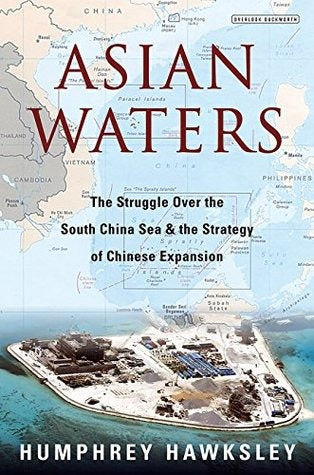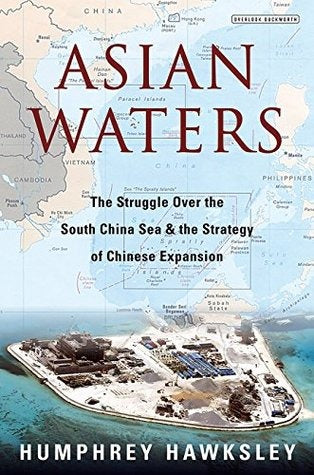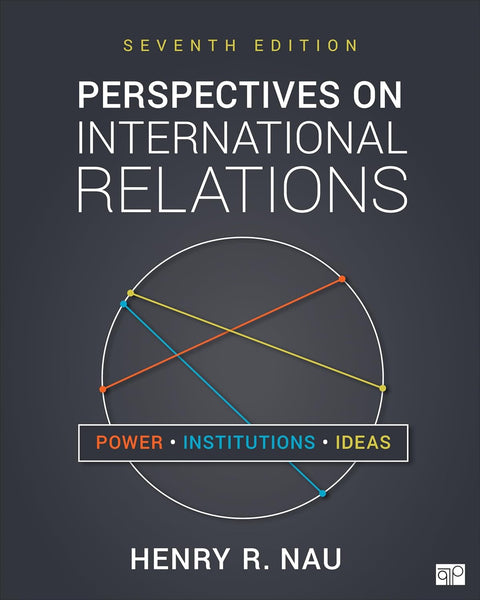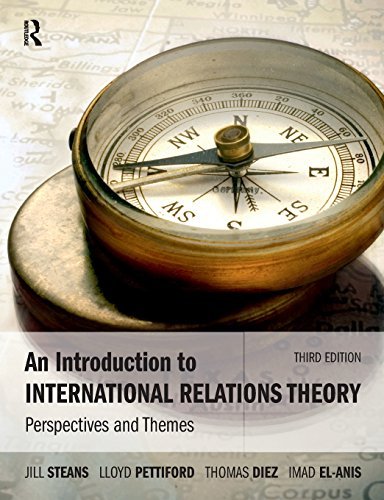Asian Waters By Humphrey Hawksley
- Publisher: POLITICAL SCIENCE
- Availability: In Stock
- SKU: 45017
Rs.430.00
Rs.595.00
Tags: affordable prices , ASEAN , Asia-Pacific , best books , best books online , Best Price , best prices , Best Selling Books , best shop , BestBuy’s , Book Shop , Book shopping , bookshop , bookshop Multan , bookshop near me , bookshop online , bookshop online Multan , bookshopPakistan , buy online books , China , Chinese expansion , Convenient Shopping , digital shopping , diplomatic initiatives , economic impact , energy security , geopolitical tensions , global trade , good books , good booksonline , historical context , international law , Internet Shop , maritime route , militarization , military presence , multilateral dialogue , one stop shop , Online Book Shop , ONLINE BOOKS , Online Books Shop , online books store , Online Bookshop , Online Bookshop Pakistan , online bookstore , online shop , online shopping , Online Shopping Pakistan , OnlineShoppingPakistan , Pakistan Bookshop , PakistanBookshop , PakistanOnlineShopping , price cut , price-friendly Comprehensive , ReasonablePrice , reduced price , regional responses , resource competition , secure shopping , Shopping , ShopSmartPakistan , South China Sea , strategic importance , UNCLOS , United States , Virtual Shop
In recent years, the South China Sea has become a focal point of geopolitical tension as China asserts its territorial claims over the region, conflicting with the claims of neighboring countries and raising concerns among international observers. This struggle not only involves territorial disputes but also reflects broader strategic ambitions of China in asserting its influence over the Asia-Pacific region. Understanding the dynamics of this struggle is crucial for comprehending the evolving geopolitics of Asia.
Key Points:
-
Historical Context: China's claims over the South China Sea are rooted in historical narratives that date back centuries, but these claims are disputed by neighboring countries such as Vietnam, the Philippines, Malaysia, and Brunei.
-
Strategic Importance: The South China Sea is a critical maritime route through which a significant portion of global trade flows, making it strategically vital for both regional and global powers.
-
Resource Riches: Beyond its strategic importance, the South China Sea is believed to be rich in natural resources, including oil and gas reserves, further motivating competing claims over the region.
-
Legal Disputes: The United Nations Convention on the Law of the Sea (UNCLOS) serves as the primary legal framework for resolving maritime disputes, but China has largely disregarded international arbitration rulings that challenge its claims.
-
Militarization: China's construction of artificial islands and military installations in the South China Sea has raised tensions and prompted concerns about its militarization of the region.
-
Regional Responses: Countries bordering the South China Sea, along with other regional powers such as Japan and India, have sought to counterbalance China's assertiveness through diplomatic initiatives and military cooperation.
-
US Involvement: The United States has maintained a strong military presence in the Asia-Pacific region, conducting freedom of navigation operations and providing support to allies and partners in response to China's actions.
-
Multilateral Efforts: Efforts by ASEAN (Association of Southeast Asian Nations) to address the South China Sea disputes through multilateral dialogue have been hampered by divisions among member states and China's preference for bilateral negotiations.
-
Economic Ramifications: The South China Sea disputes have the potential to disrupt global trade flows, affect energy security, and dampen investor confidence in the region.
-
Uncertain Future: The evolving dynamics of the South China Sea disputes, coupled with broader geopolitical shifts and domestic developments within China and neighboring countries, make the future of the region highly uncertain.
In conclusion, the struggle over the South China Sea represents a complex interplay of historical, strategic, legal, and geopolitical factors with far-reaching implications for regional stability and international relations. As China continues to assert its influence in the Asia-Pacific, navigating these tensions will remain a significant challenge for policymakers and stakeholders alike.
════ ⋆★⋆ ════
Writer ✤ Humphrey Hawksley

























